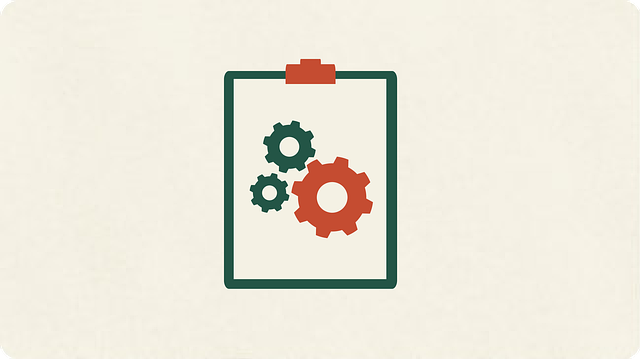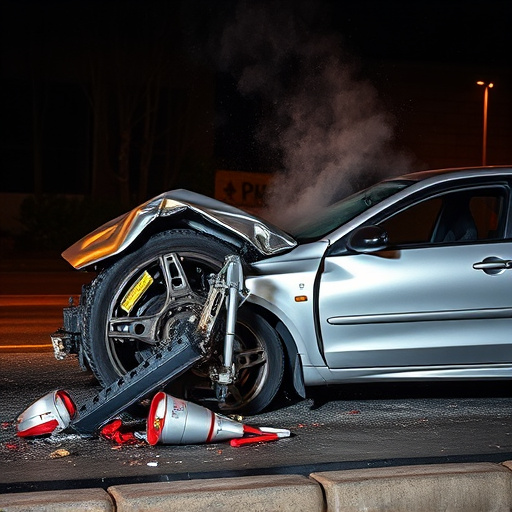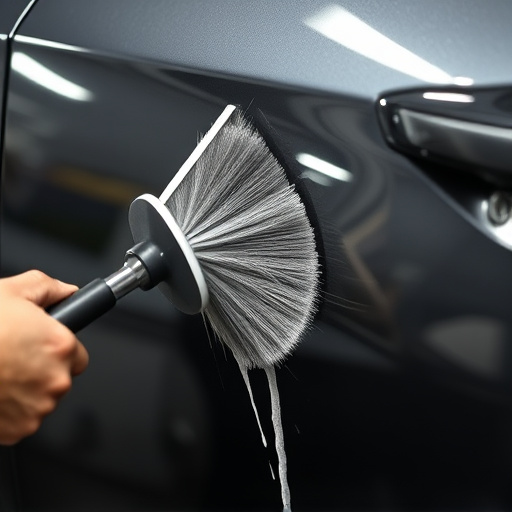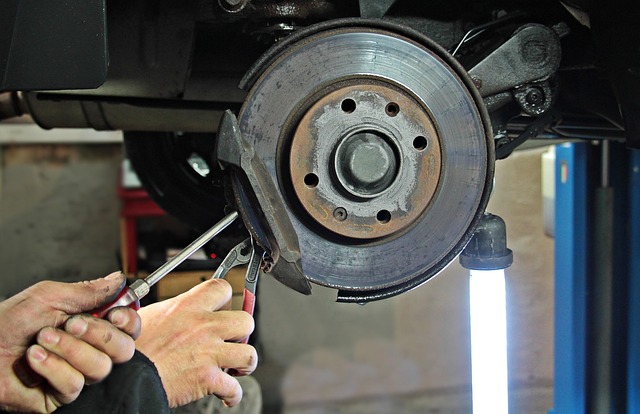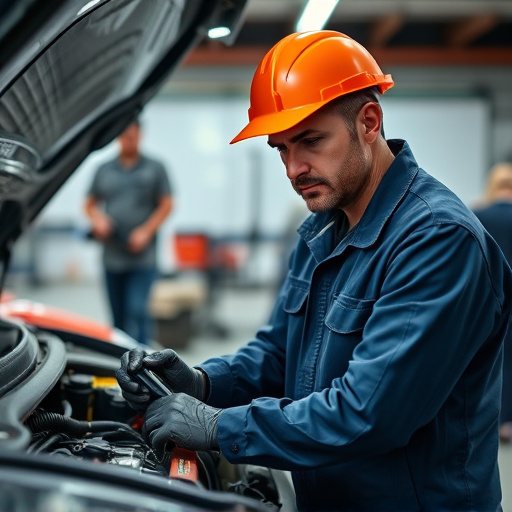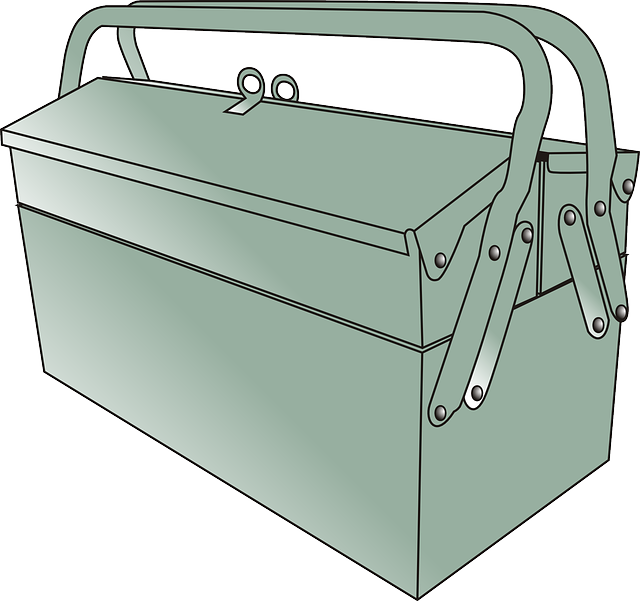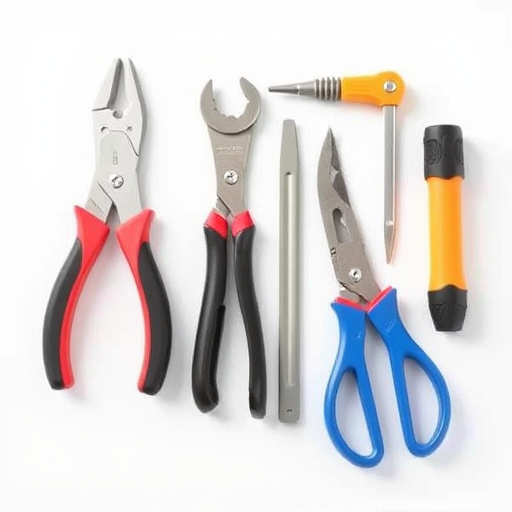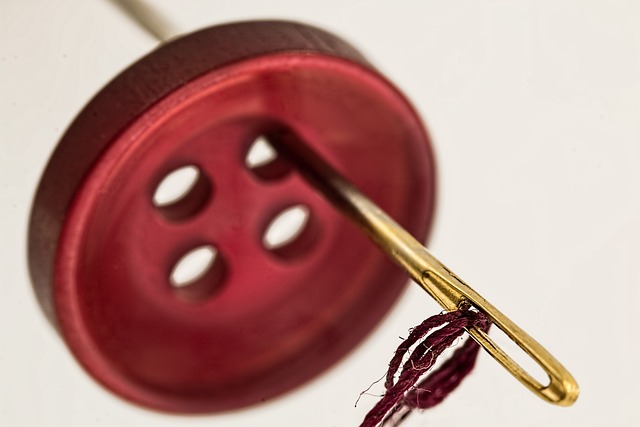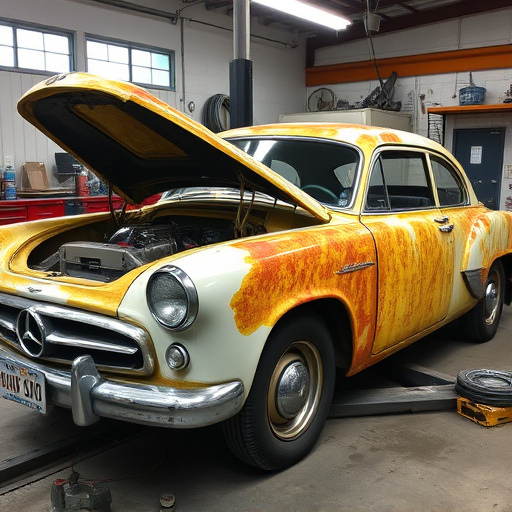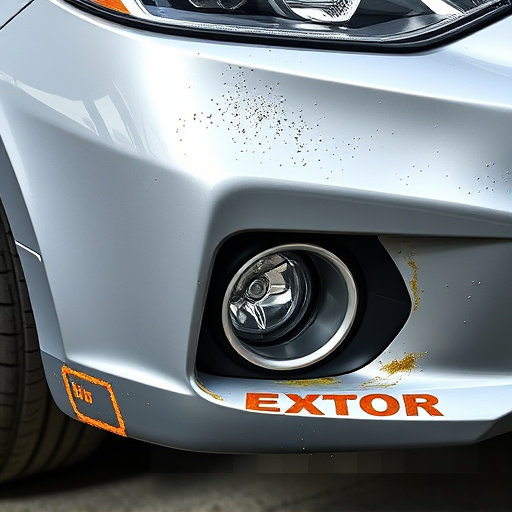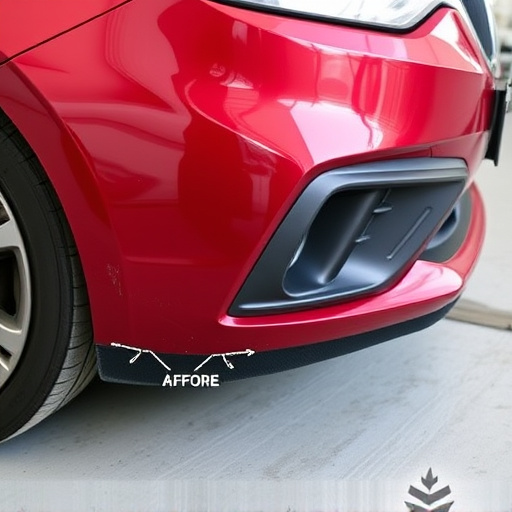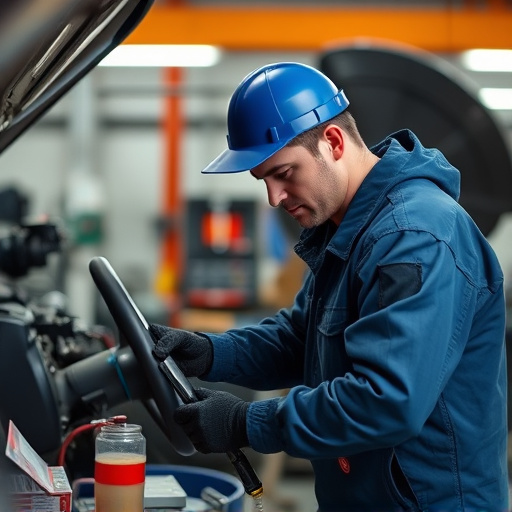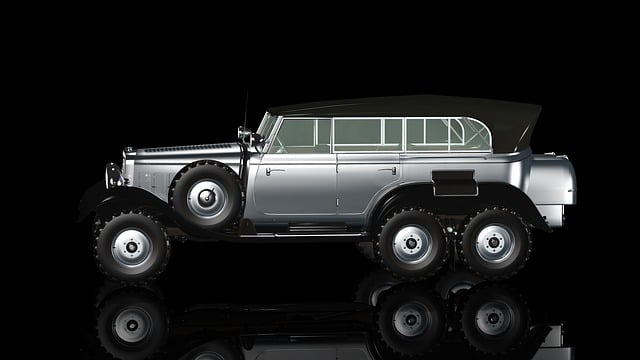Tesla's structural aluminum vehicles offer improved performance and reduced weight, requiring specialized repair techniques for collisions or chassis misalignment. Advanced tools and expertise diagnose issues like uneven tire wear or noises. Specialized Tesla collision centers use precision welding, CAD analysis, robotic welding, and custom panels to realign and restore structural integrity while maintaining unique design and performance characteristics.
Tesla’s innovative use of structural aluminum in their vehicle chassis brings both benefits and challenges. When misalignment occurs, it requires meticulous repair to maintain the car’s integrity and performance. This article guides you through understanding Tesla’s unique design, recognizing signs of chassis misalignment, and exploring efficient repair techniques for seamless structural aluminum restoration. Learn how to address this issue effectively, ensuring your Tesla remains a testament to engineering excellence.
- Understanding Tesla's Structural Aluminum Design
- Diagnosing Chassis Misalignment in Teslas
- Repair Techniques for Efficient Structural Aluminum Restoration
Understanding Tesla's Structural Aluminum Design
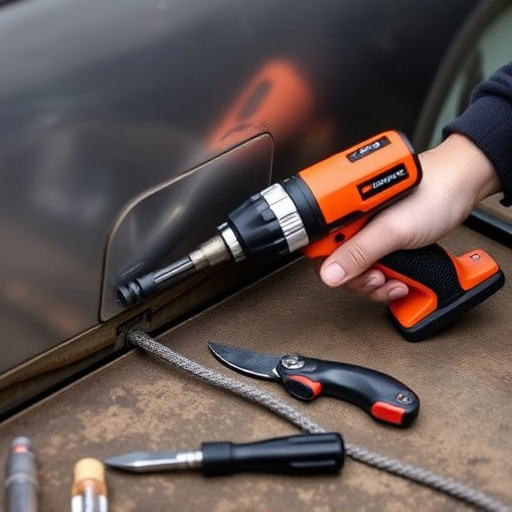
Tesla’s structural aluminum design is a cornerstone of their automotive innovation. This lightweight and durable material offers significant advantages in terms of vehicle performance and efficiency, making it a key component in models like the Model 3, Model S, and Model X. The strategic use of aluminum allows for improved handling, reduced weight, and enhanced fuel economy—all integral to Tesla’s mission of sustainable transportation.
Understanding this unique design is crucial when addressing repairs, particularly after chassis misalignment caused by vehicle collisions or other impacts. Unlike traditional steel frames, aluminum structures require specialized techniques for repair, such as precision welding and advanced metal forming methods. Skilled technicians must employ these expertise to ensure the integrity and structural soundness of the vehicle following a collision, focusing on minimizing distortion while accurately realigning components—all part of comprehensive Tesla structural aluminum repair services that encompass not just tire services but also meticulous auto maintenance.
Diagnosing Chassis Misalignment in Teslas
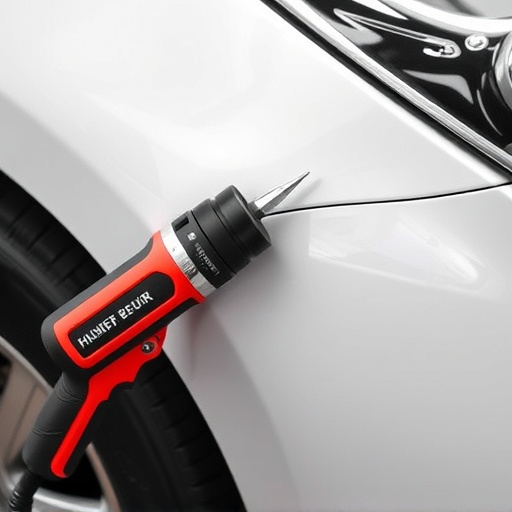
Diagnosing Chassis Misalignment in Teslas involves a meticulous process to ensure accurate and safe repairs. Owners often notice signs like uneven tire wear, unusual noises during driving, or visible gaps between body panels. Advanced diagnostic tools are utilized at specialized Tesla collision centers to assess the extent of chassis misalignment caused by accidents or impacts. These centers employ experienced technicians who can identify subtle issues that might go unnoticed to untrained eyes.
A thorough inspection includes checking critical components like suspension mounts, control arms, and steering rack for any damage or misalignment. With Tesla structural aluminum repair at the forefront, these collision centers have the expertise and specialized equipment to realign and restore the vehicle’s chassis to its original specifications. Unlike conventional automotive repair services, Tesla-specific facilities understand the unique challenges of working with lightweight structural aluminum, ensuring both the integrity and performance of the vehicle post-repair.
Repair Techniques for Efficient Structural Aluminum Restoration
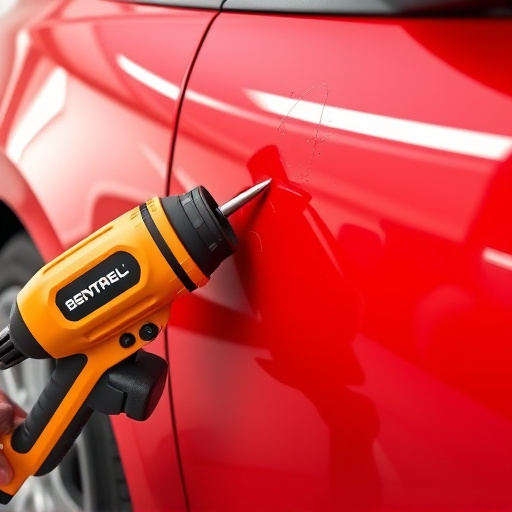
When it comes to repairing a Tesla with structural aluminum damage, especially after a chassis misalignment, efficient restoration techniques are key. The unique properties of aluminum make it both lightweight and durable, but it also requires specialized knowledge for successful repair. Skilled technicians employ advanced methods such as precision welding, computer-aided design (CAD) analysis, and state-of-the-art equipment to accurately realign and reshape the affected components. These techniques ensure minimal disruption to the vehicle’s structural integrity while restoring its original strength and aesthetics.
Beyond traditional car collision repair methods, professionals may utilize innovative strategies like robotic welding for precise cuts and joints, as well as custom-engineered panels to match the exact specifications of Tesla’s sleek design. Incorporating these modern practices not only expedites the repair process but also guarantees a seamless blend with the vehicle’s original construction, effectively concealing any evidence of previous damage. This meticulous approach to Tesla structural aluminum repair is vital for maintaining both the car’s performance and its distinctive aesthetic appeal.
Tesla’s innovative use of structural aluminum in their vehicle construction presents both benefits and challenges, particularly regarding chassis misalignment. Proper diagnosis and efficient repair techniques are key to preserving the integrity and aesthetics of these vehicles. By understanding the unique characteristics of Tesla’s aluminum design and employing advanced repair methods, technicians can ensure optimal performance and maintain the original beauty of Tesla structural aluminum repairs. This process is a testament to the precision and durability that Tesla strives for in their electric vehicles.
